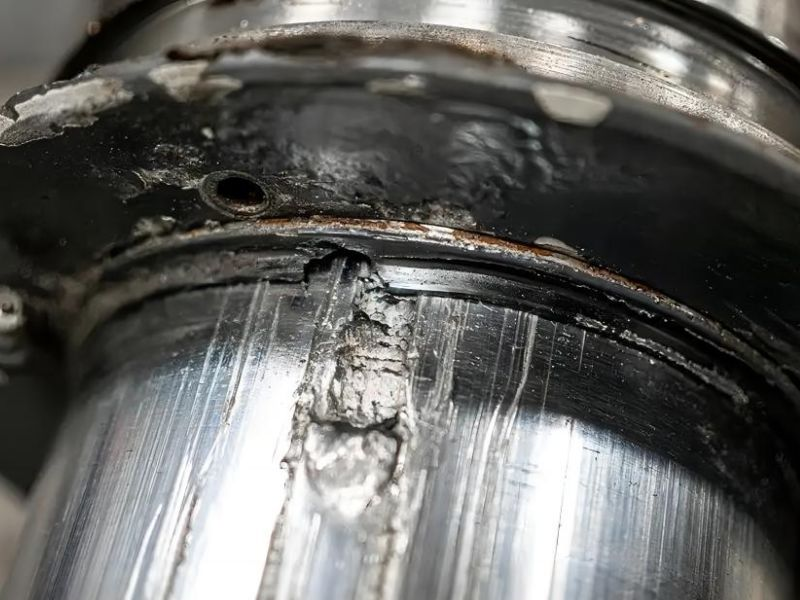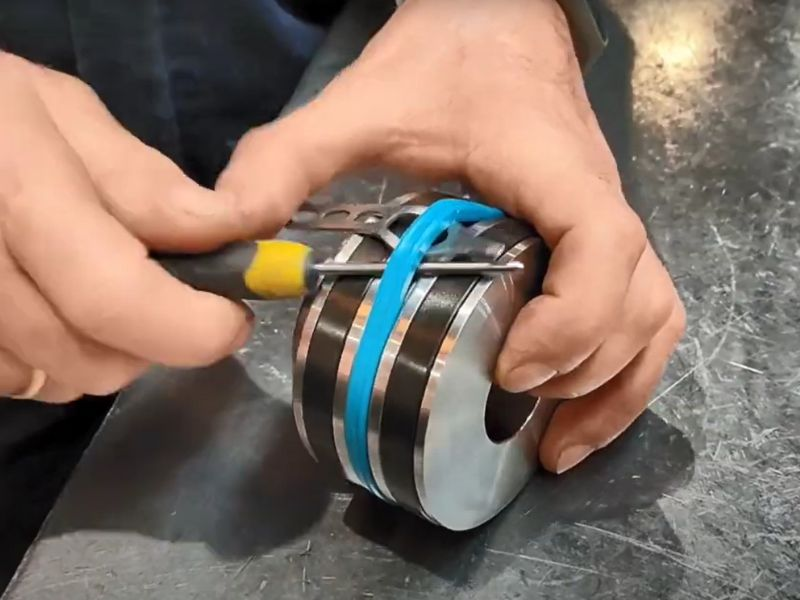Understanding how to extend the life of hydraulic cylinders is not just about prolonging their lifespan; it's also about enhancing efficiency, minimizing downtime, and ultimately saving money. This comprehensive guide is designed to reveal the secrets of hydraulic cylinder maintenance and ensure that your cylinders perform at their best for as long as possible.

1.Wear and Tear
Like all mechanical components, hydraulic cylinders have a natural lifecycle. Over time, parts such as seals, bearings, and the piston rod can wear out due to friction. This wear and tear is inevitable, but its rate can vary based on usage intensity and maintenance practices. Regular inspections and timely replacement of worn parts can significantly delay the onset of serious wear-related issues.
2.Environmental Factors
The operating environment plays a crucial role in the health of hydraulic cylinders. Factors like extreme temperatures, high humidity, and the presence of contaminants such as dust and water can negatively impact cylinder performance. For example, high humidity can cause rusting, while extreme temperatures can lead to seal degradation. Ensuring that cylinders are suitable for their operating environment and are properly protected can help mitigate these risks.
3.Misuse
Hydraulic cylinders are designed to operate within specific pressure limits. Exceeding these limits, whether through overloading or incorrect use, can result in catastrophic cylinder failure. Similarly, misalignment or improper mounting can cause uneven pressure distribution, leading to premature wear or even structural damage.
4.Broken Fittings
Fittings play a crucial role in the secure operation of hydraulic systems. Broken or loose fittings can cause leaks and pressure loss, which impair the efficiency of the cylinder. Regular checks and tightening of these fittings are essential for maintaining the integrity of the cylinder.
5.Piston Cylinder Bending
This issue arises when the cylinder is subjected to lateral loads, causing misalignment and bending of the piston rod. Such bending not only impacts the cylinder's efficiency but also poses a risk of complete failure. To prevent this, it is crucial to ensure proper cylinder alignment and to avoid side loading as much as possible.
The first step in ensuring the longevity of a hydraulic cylinder is to select high-quality materials. The choice of materials affects the cylinder’s resistance to wear, corrosion, and fatigue. For example, cylinders made from stainless steel or coated with chrome offer better durability, especially in harsh environments. When choosing seals, it is crucial to select materials that can withstand high temperatures and resist chemical degradation. This initial investment in quality can lead to lower long-term costs due to reduced maintenance needs and extended service life.
Conducting regular inspections is a fundamental practice for extending the life and ensuring the safe operation of hydraulic cylinders. When performed meticulously and at appropriate intervals, these inspections can preempt failures and save both time and resources in the long run. Key aspects of a regular inspection include:
Checking for Wear on the Piston Rod and Cylinder Bore: Look for any signs of scoring, scratches, or uneven wear patterns on the piston rod, which may indicate misalignment or contamination issues. It’s also crucial to inspect the cylinder bore for wear and corrosion, as this can affect the seal and the smooth operation of the piston.
Ensuring Seals are Intact: Examine the condition of the seals for any signs of cracking, hardening, or wear. Damaged seals can lead to leaks and decreased efficiency, potentially causing contamination and further damage to the cylinder components.
Looking for Leaks: Check around the cylinder, especially near the piston rod and the seals, for any signs of hydraulic fluid leakage. Even a small leak can be a precursor to more significant problems.
Verifying Fitting Security: Ensure that all fittings and connections are secure and not showing signs of wear or damage. Loose or damaged fittings can lead to leaks and loss of pressure, compromising the cylinder’s performance.
Frequency of Inspections: The frequency of these inspections largely depends on the usage and environment of the cylinder. In harsh conditions or high-use scenarios, monthly inspections might be necessary. For cylinders in less demanding environments or used less frequently, bi-annual inspections could suffice.
Keeping a hydraulic cylinder clean and well-lubricated is fundamental for its smooth operation. Dirt, debris, and contaminants can cause significant damage, particularly to the seals and the piston rod surface. Regular cleaning prevents the buildup of harmful substances. Lubrication, especially of the piston rod and its seals, minimizes friction and wear, thus prolonging the life of these components. It is critical to use the correct type of lubricant as recommended by the manufacturer.

Seals are among the most critical components in hydraulic cylinders, maintaining pressure within the cylinder and preventing fluid leakage. Over time, seals can degrade and crack, leading to leaks and loss of efficiency. Replacing seals at regular intervals, or at the first sign of wear, is essential for maintaining cylinder performance. Additionally, using high-quality seals and ensuring their correct installation can greatly reduce the likelihood of leaks.
1.Advanced Seals: Modern seal technologies provide better resistance to wear and environmental conditions than standard seals. Upgrading to high-quality, advanced seals can minimize leakage and improve the cylinder's ability to handle high pressures and harsh environments. This is especially beneficial for cylinders used in extreme temperatures or corrosive settings.
2.Superior Surface Finish Rods: The surface finish of the piston rod is critical for the longevity and smooth operation of the hydraulic cylinder. Upgrading to rods with superior finishes, such as chrome plating or nitride coatings, enhances their resistance to corrosion and reduces the risk of scoring and pitting. This not only extends the life of the rod but also protects the seals from premature wear.
3.High-Load Bearings: For hydraulic cylinders subjected to high loads or shock forces, upgrading to bearings designed to withstand higher loads can make a significant difference. These bearings are better at absorbing impacts and distributing loads evenly, thereby reducing stress on the cylinder and extending its service life.
4.Corrosion-Resistant Coatings: In environments where corrosion poses a major risk—such as marine or chemical processing applications—upgrading cylinders with corrosion-resistant coatings is crucial. Coatings like nickel-chrome plating or specialized paints can protect the cylinder from rust and other forms of corrosion-related damage, maintaining its structural integrity and performance.
5.Customized Rod and Seal Materials: Depending on the specific application, customizing the materials of the rod and seals can significantly enhance cylinder performance. For example, using stainless steel rods in food processing or saline environments, or selecting seal materials compatible with the type of hydraulic fluid used, can greatly improve the cylinder's suitability for its operating conditions.
Every industry and application has its unique demands, and hydraulic cylinders in different environments may face a variety of challenges. Customizing maintenance programs to meet the specific needs of each industry can significantly extend the life of the cylinders. For example, cylinders used in marine settings might require more frequent inspections for corrosion, while those in the manufacturing sector could benefit from a greater focus on alignment and wear due to continuous high-speed operation. Collaborating with maintenance experts to develop a tailored plan ensures that each cylinder receives appropriate care based on its operational stresses and environmental conditions.
The longevity and efficient operation of these cylinders are crucial for ensuring uninterrupted operations and minimizing downtime. By adhering to these guidelines, users can ensure that hydraulic cylinders operate at peak efficiency, ultimately leading to cost savings, enhanced safety, and improved productivity.